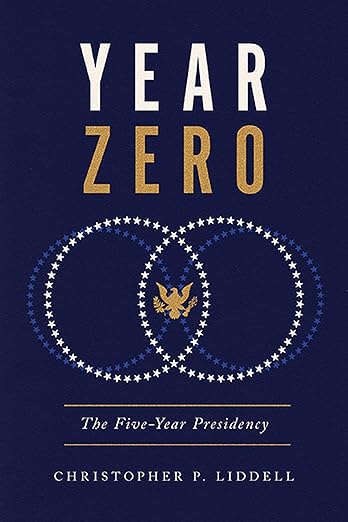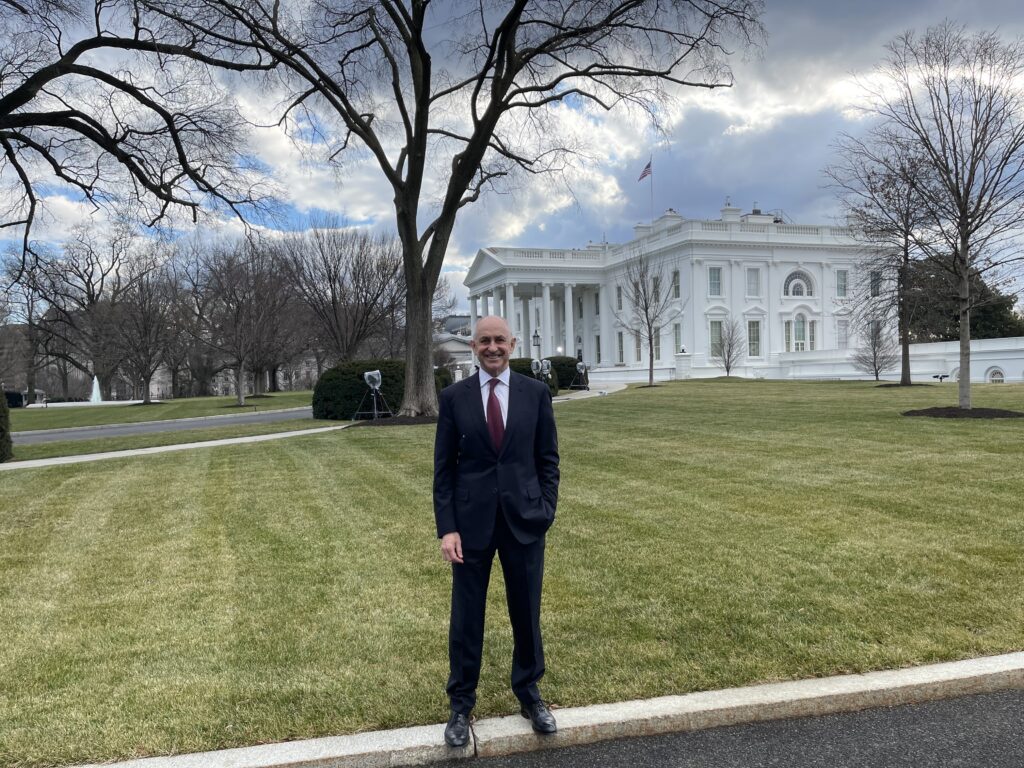In the history of troubled presidential transitions and first years, it’s hard to ignore former President Donald Trump’s start in 2017.
First, he fired his transition director, former New Jersey Gov. Chris Christie, and then once in office, he failed to push through promised changes to Obamacare. His travel ban on suspected terrorist-supporting nations faced several court challenges.

Just as bad, some of his Cabinet and picks for top aides flopped.
But as he looks at a possible second try should he beat President Joe Biden in November, expectations are high that he will better prepare to manage the Oval Office, begin the transition sooner, and test his initial policy moves way before Inauguration Day.
“Do not underestimate Trump,” said Christopher Liddell, Trump’s former deputy chief of staff. “Certainly when you look at the way he’s running his campaign this time compared to the 2016 version, it’s a lot more professional and structured and considered. So that’s a leading indicator,” he added.
Trump’s team will also be able to tap transition efforts underway in Washington, notably the Heritage Foundation’s Project 2025 and Liddell’s new book and road map to smooth transitions, Year Zero: The Five-Year Presidency.
Liddell is recognized as an expert administrator, considered a fine art in Washington. He was Mitt Romney’s transition chief in 2012, handled the $20 billion initial public offering for General Motors in 2010, and was the Trump point person for Biden’s transition in 2021.
What he is proposing in his book, published by the University of Virginia Press, is a transition that runs in parallel with a presidential campaign. He is calling on candidates to set up a small shop initially to consider who to hire, map out a first-year agenda, and propose the legacy that the candidate wants to leave.
“Clearly, the candidate needs to win, but that doesn’t mean that the team can’t be working away in the background on all of these ideas,” Liddell said, adding, “You can save yourself an enormous amount of time by doing what most administrations do during the first six months.”
Typically, a transition team isn’t formed until after the nominating conventions, but Liddell said that’s when the candidate should already be thinking about who to name to top jobs and what executive order and legislation he plans to push out on Day 1.
“Year Zero starts now,” he said.

In his book, he grades recent transitions, calling the one between former Presidents George W. Bush and Barack Obama the “gold standard” and the Trump-Biden handoff “exceptionally challenging,” given that Trump thought Biden cheated to win.
David Marchick, who helped Biden’s transition as the director of the Center for Presidential Transition at the nonprofit organization Partnership for Public Service, said that Liddell shared several transition scenarios in 2020, including a “nightmare” plan where Trump would deny he lost in a close election.
Two days after the election, when Trump was starting to say he was cheated out of victory, Marchick said Liddell called to say the “nightmare scenario” was unfolding. Still, despite all the turmoil, Biden was inaugurated on Jan. 20, 2021.
SEE THE LATEST POLITICAL NEWS AND BUZZ FROM WASHINGTON SECRETS
Appearing with Liddell at a University of Virginia conference on presidential transitions this week, Marchick said, “Thankfully for the country, Chris Liddell was in the White House. Because amid all the chaos, Chris was quietly working away to ensure the peaceful transfer of power, and not that many people know about that. This is a great public servant.”
For his part, Liddell will tell everyone he can that preparation for the critical first year of a presidency can’t happen soon enough.
“My contention is that it is never too early to ‘measure the drapes’ — not to become enamored with the trappings of power, but to plan for doing the work of holding presidential office. A ‘Year Zero’ approach — functionally, adding a year’s worth of planning and design work to a four-year presidential term — will allow new presidents to enact their campaign promises faster, thus delivering outcomes more effectively, in particular in their first year,” he said.
